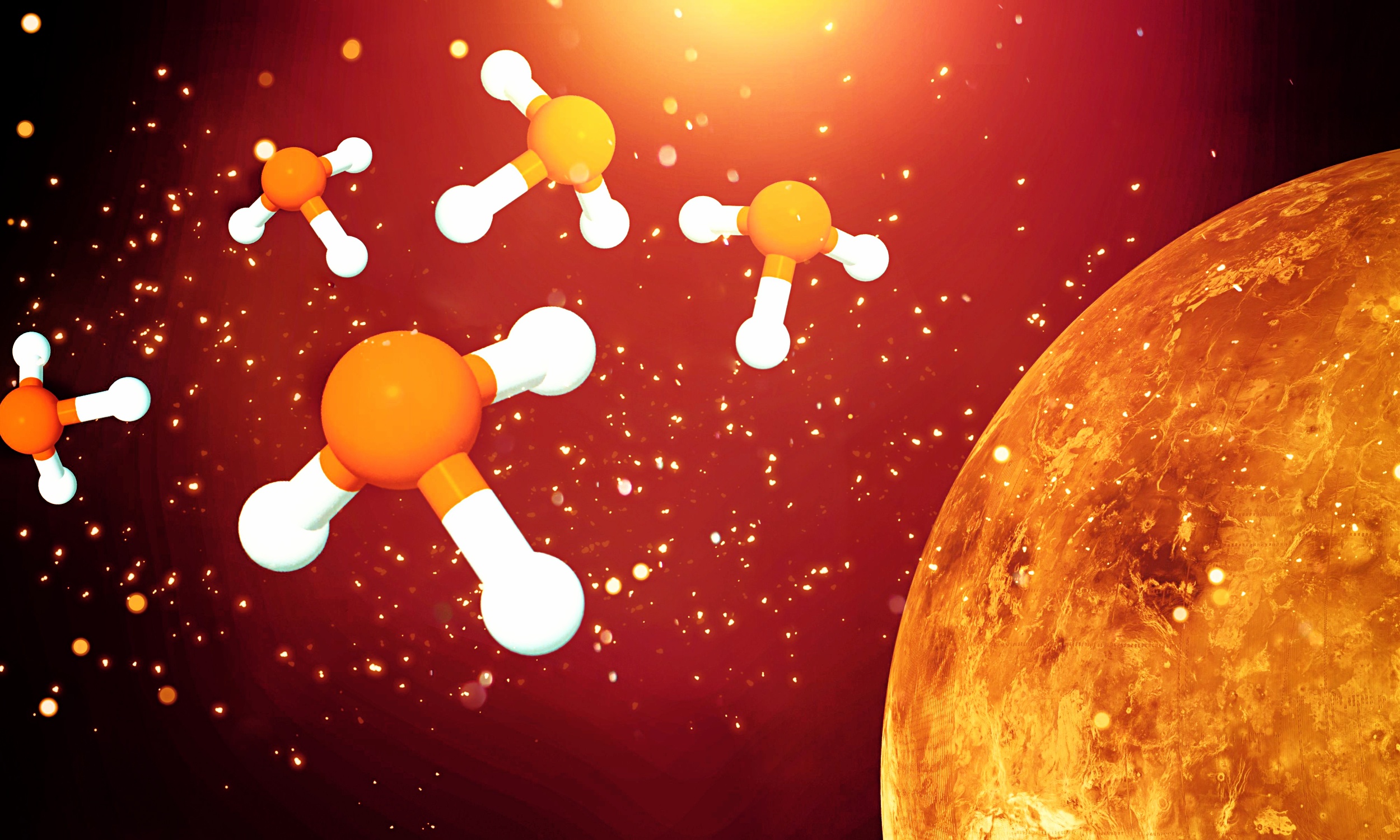A recent investigation conducted by the Massachusetts Institute of Technology (MIT) is prompting a reassessment of the potential for life on Venus. The study revealed that fundamental components essential for life on Earth exhibit remarkable stability when exposed to the corrosive sulfuric acid prevalent in Venus’s atmospheric clouds.
Traditionally, the scientific community dismissed the idea of life existing on Venus due to its extreme conditions, including surface temperatures capable of liquefying lead and an atmosphere saturated with sulfuric acid, making it seemingly uninhabitable by known life forms.
However, could there be organisms thriving within the tumultuous, fiery clouds of Venus?
A Fresh Outlook on Venus
Despite Venus’s surface closely resembling a hellish landscape, the upper cloud layer surprisingly maintains moderate conditions, challenging our preconceptions.
The complexity in envisioning life on Venus stems from its stark divergence from Earth’s environment. The acidic, floating realms on Venus would swiftly disintegrate most organic materials familiar to us.
Therefore, if life does exist on Venus, it likely manifests in forms vastly distinct from our terrestrial understanding.
Amino Acids and Venus
The researchers at MIT focused on amino acids, pivotal molecules responsible for constructing proteins vital to life on Earth.
Maxwell Seager, a co-author of the study from Worcester Polytechnic Institute, highlighted, “Some fatty acids can create micelles and vesicles in sulfuric acid, while nucleic acid bases remain stable in this environment. Carbohydrates, however, are highly reactive, leaving amino acids as the remaining crucial building block to investigate.”
Proteins, essential for structural support and diverse functions across various life forms, are almost certainly indispensable if extraterrestrial life exists.
Resilience of Amino Acids in Sulfuric Acid
The team immersed nineteen different amino acids, integral for Earth’s life processes, in sulfuric acid matching Venus’s acidity levels. Surprisingly, these amino acids’ core structures remained intact for weeks under these severe conditions.
Janusz Petkowski, another study co-author, emphasized, “Concentrated sulfuric acid is often perceived as a potent solvent capable of disintegrating organic matter, but our findings challenge this notion.”
The revelation that concentrated sulfuric acid may not universally dismantle organic chemistry opens new avenues for contemplating the plausibility of life beyond Earth.
Prospects of Life on Venus
While this research doesn’t confirm the existence of life on Venus or floating Venusian microbes, it represents a significant advancement.
Maxwell Seager cautioned, “Demonstrating the stability of these core structures in sulfuric acid doesn’t confirm Venusian life, but their degradation would eliminate such possibilities.”
The study sheds light on Venus’s chemistry, suggesting it might not swiftly obliterate organic molecules as previously assumed, thereby sparking speculation about unfamiliar forms of life.
Furthermore, it steers future investigations toward exploring the significance of amino acids, critical for Earthly life, within Venus’s atmosphere, guiding forthcoming space missions and scientific inquiries.
Continuing the Search for Venusian Life
Efforts to uncover potential life on Venus are gaining momentum. Alongside MIT’s groundbreaking study, the contentious detection of phosphine in Venus’s atmosphere has intensified global scientific interest in our neighboring planet.
Sara Seager, a key figure in the research, expressed, “Few research groups worldwide delve into sulfuric acid chemistry, and they unanimously acknowledge the lack of intuition in this realm. This latest discovery bolsters the likelihood of Venusian life.”
Moreover, a privately-funded expedition led by MIT’s Professor Sara Seager is slated for launch in 2025. This mission aims to traverse Venus’s clouds, scrutinizing its chemical composition in pursuit of life indicators.
In essence, this era presents an awe-inspiring and enlightening juncture as we strive to comprehend our cosmic existence more profoundly.
